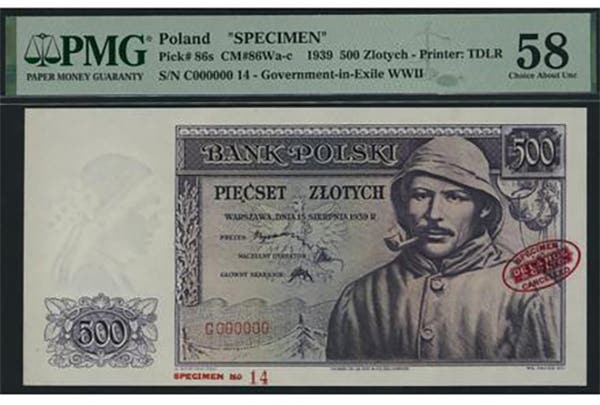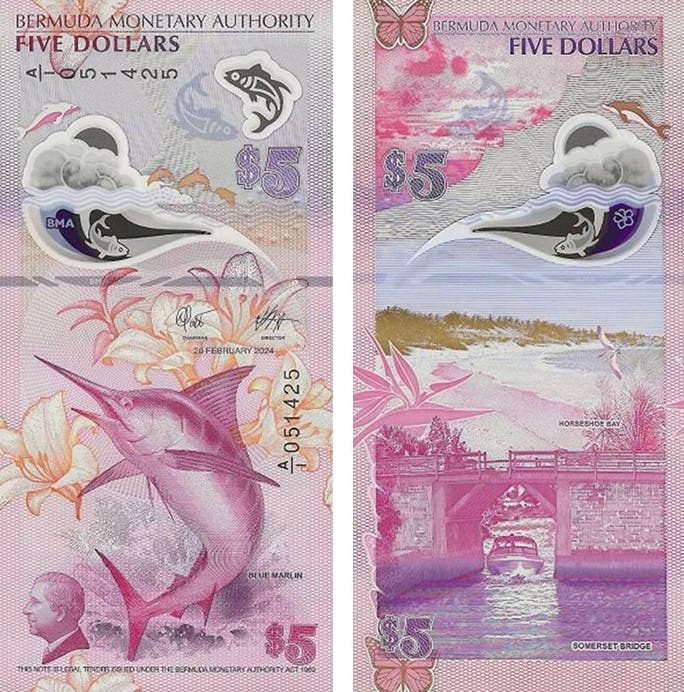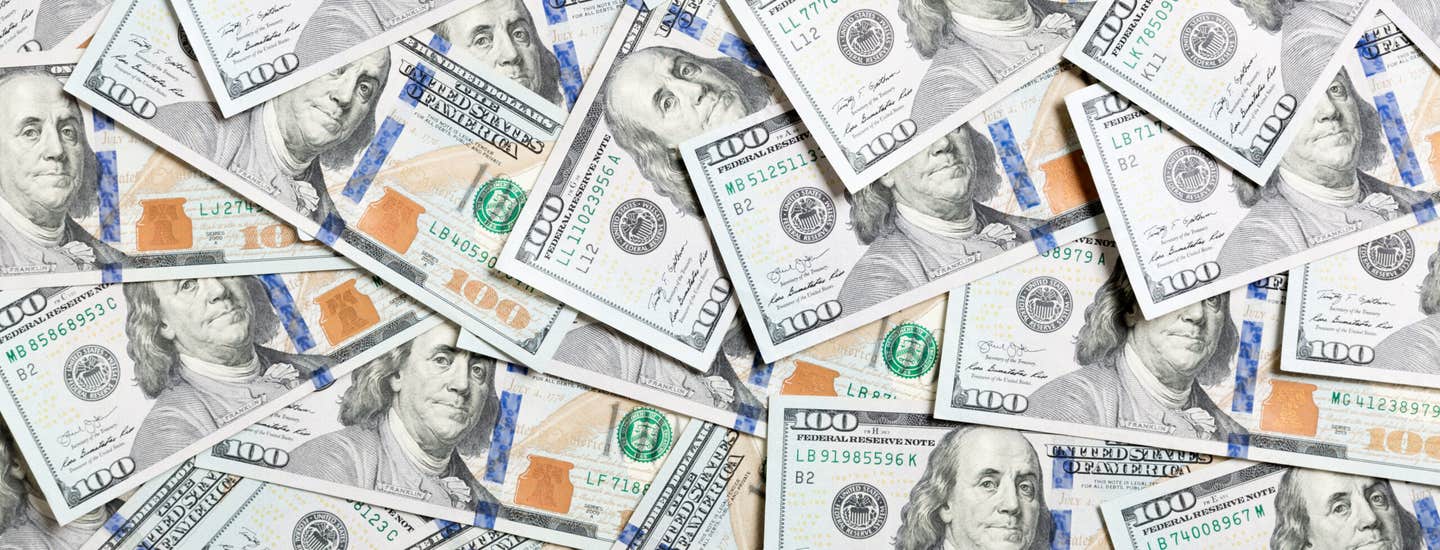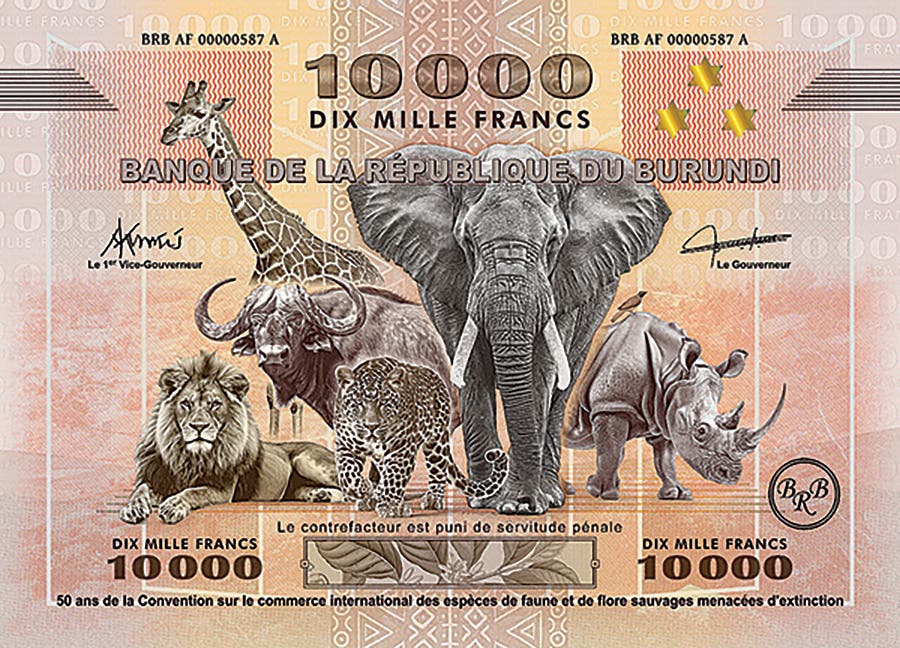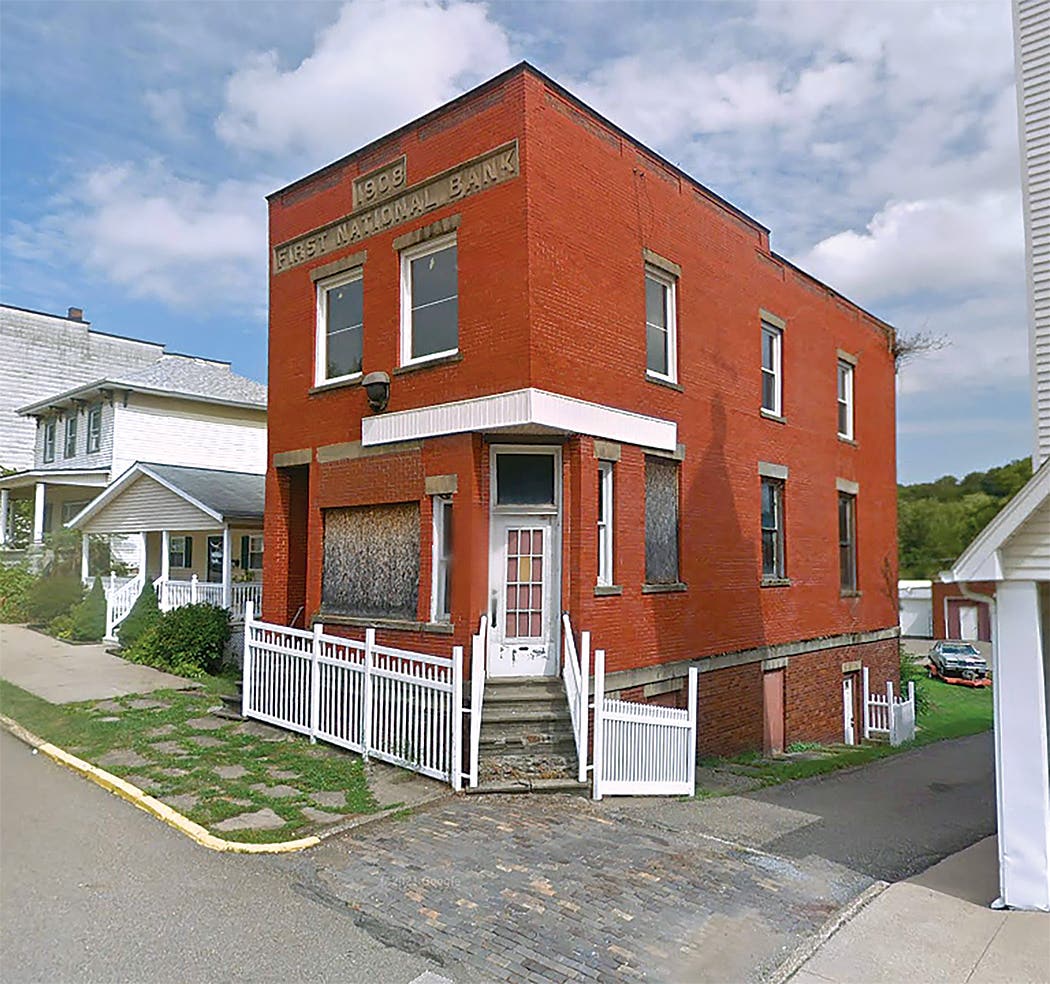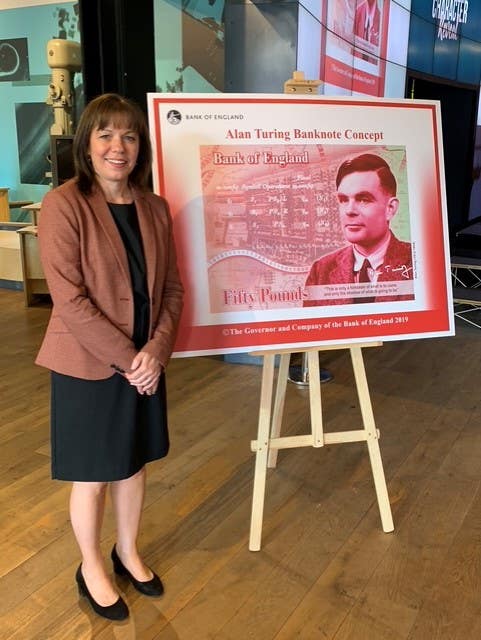New Zealand note causes a stir
Following release of New Zealand’s new “brighter money” $10 note, the Reserve Bank of New Zealand has announced it will be contributing to a study of the panel that appears…
Following release of New Zealand’s new “brighter money” $10 note, the Reserve Bank of New Zealand has announced it will be contributing to a study of the panel that appears as part of the design on the face of the note.
To outsiders the panel in question may appear a simple geometric pattern that the designer saw as providing aesthetic balance on the note’s face. It is, however, based on a woven Maori tukutuku panel that once decorated a tribal meeting house. The same design had appeared on the former $10 notes (P-178, -186) behind suffragette Kate Sheppard. On the new notes it has been shifted to the left to fall behind the stylized Blue Duck.
The design is described in the Encyclopedia of New Zealand as, “Mangaroa (the Milky Way) and Purapura Whetu [star seeds], with the stars representing navigation or the people of New Zealand. It is based on panels on the wharenui Te Hau ki Turanga, which was built in the early 1840s by Raharuhi Rukupo of Rongowhakaata”…“It is now on display at the Museum of New Zealand…” And that is where the trouble started.
In September the lawyers were called in by a New Zealand Maori iwi (tribe) on the North Island’s East Coast. They claimed the design had been used without permission. The original panels had been part of their historic meeting house that had been confiscated in 1867 following the New Zealand Land Wars. It was their heritage and the bank had failed to go through the correct channels to obtain permission for use of the design.
For their part the bank explained that the image had been in use since 1993. A spokesperson observed, “This particular image of the new note was supplied to us as an authorized image by a representative of Te Hau ki Turanga wharenui,” i.e., of the tribe the RBNZ believed to be concerned. It seems this was not the right one.
The upshot has seen the governor of the Reserve Bank pour a large bucket of oil on the troubled waters. He has issued a personal apology for the incorrect attribution of the tukutuku panel on the bank’s website.
The bank is now sitting down with two East Coast Maori trusts to research the history of the tukutuku panel and its weaver. It would appear the governor’s diplomacy has put the lawyers are out of a job.
This article was originally printed in Bank Note Reporter.
>> Subscribe today or get your >> Digital Subscription
More Collecting Resources
• The Standard Catalog of United States Paper Money is the only annual guide that provides complete coverage of U.S. currency with today’s market prices.
• Subscribe to our monthly Coins magazine - a great resource for any collector!



